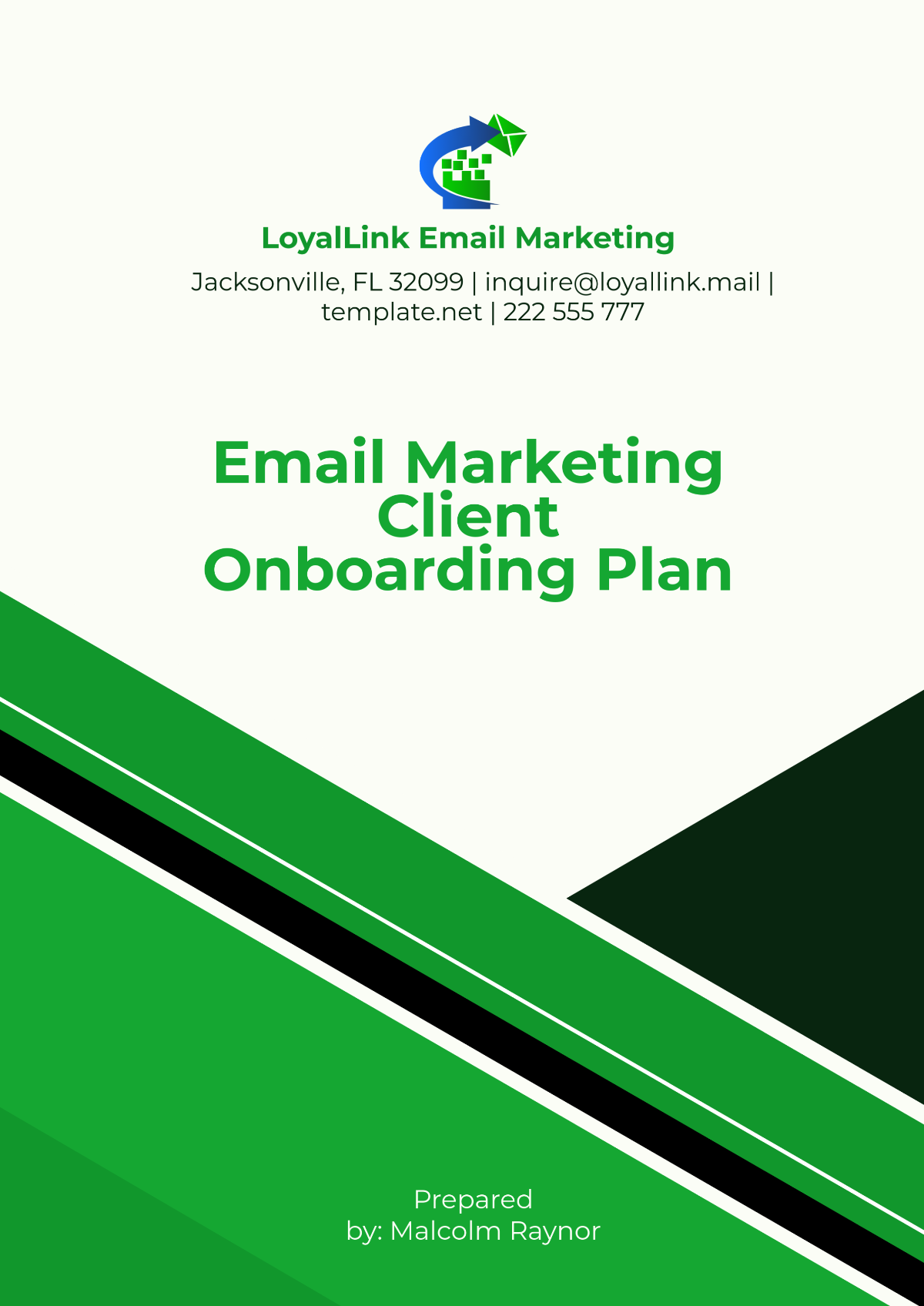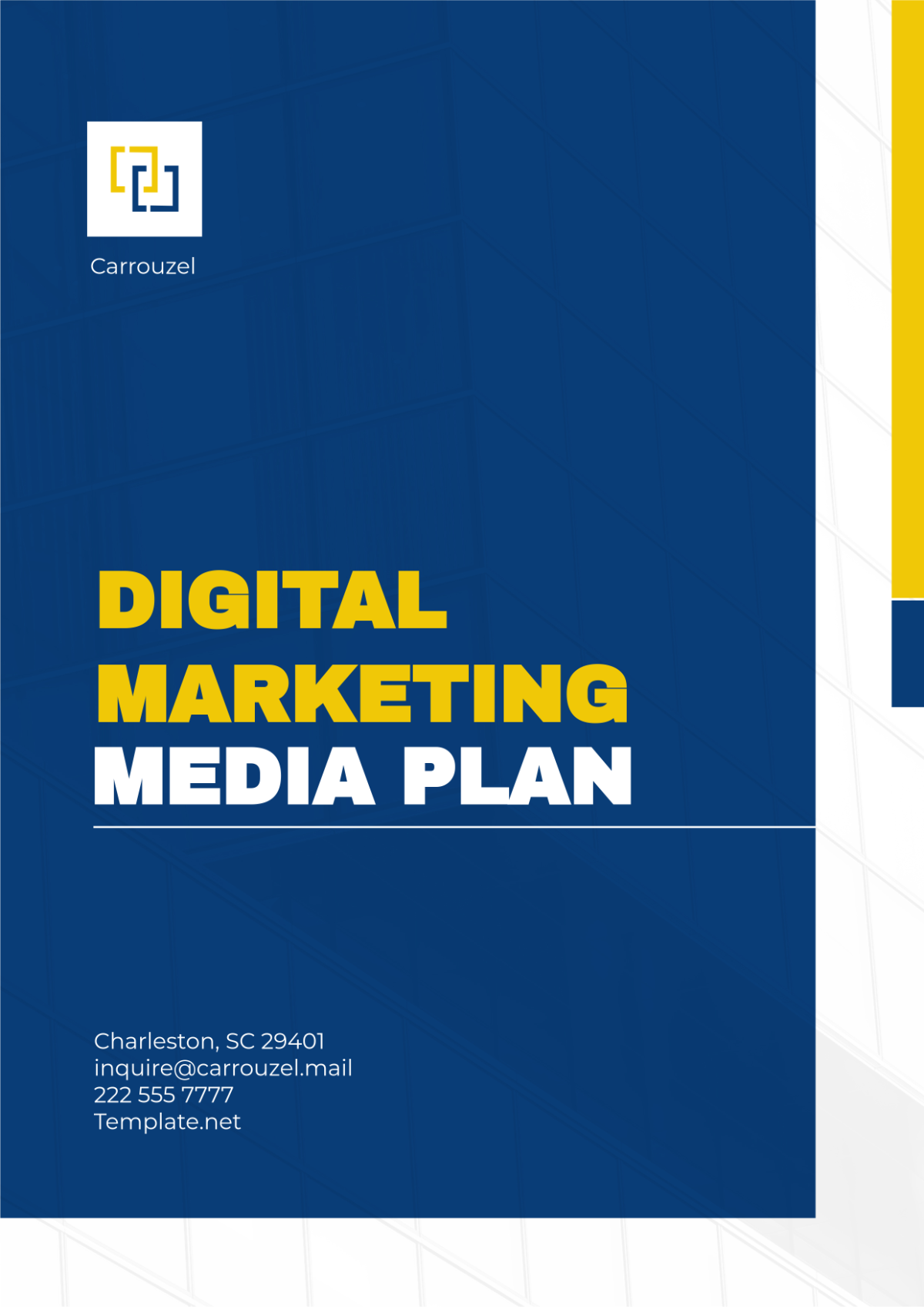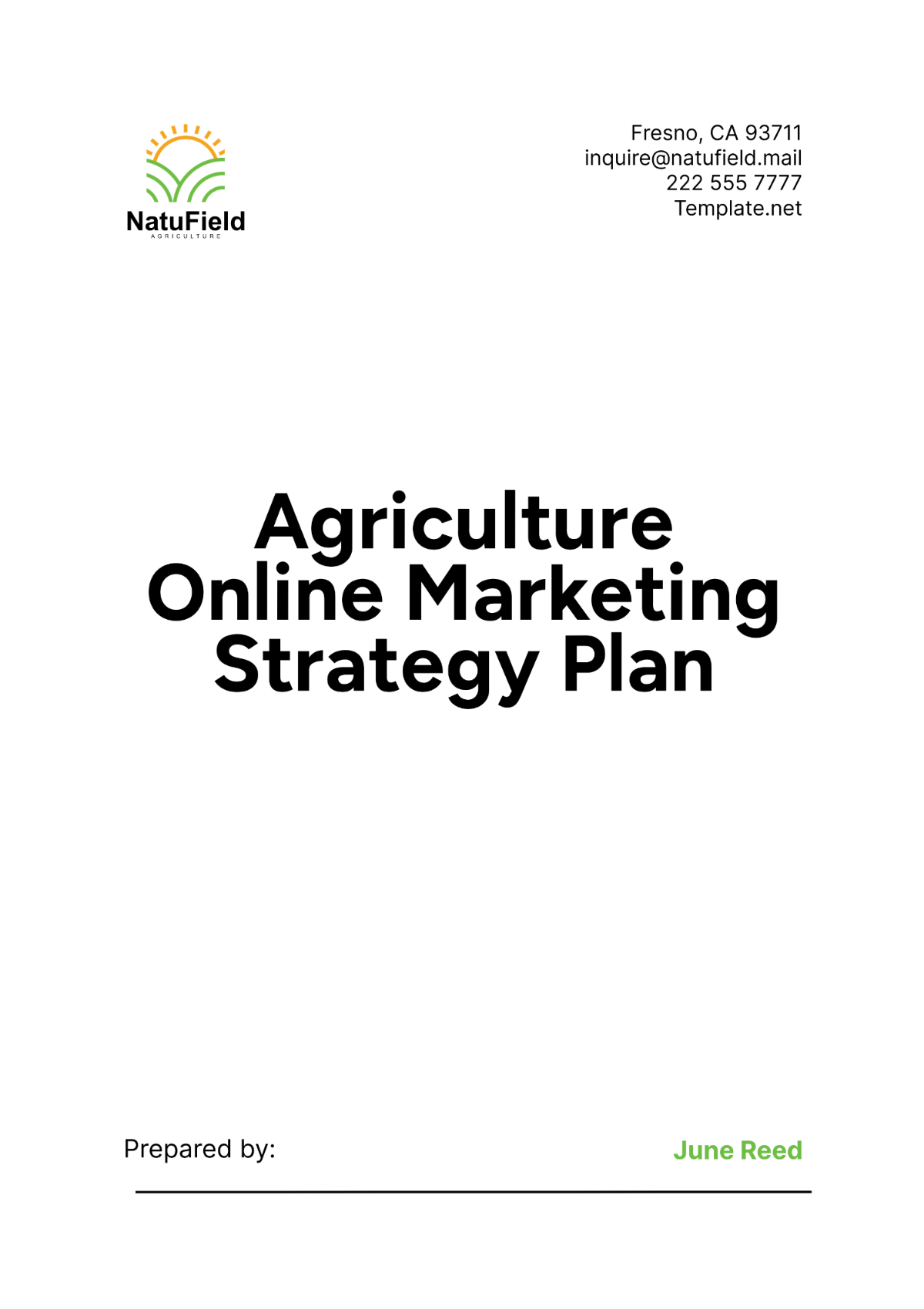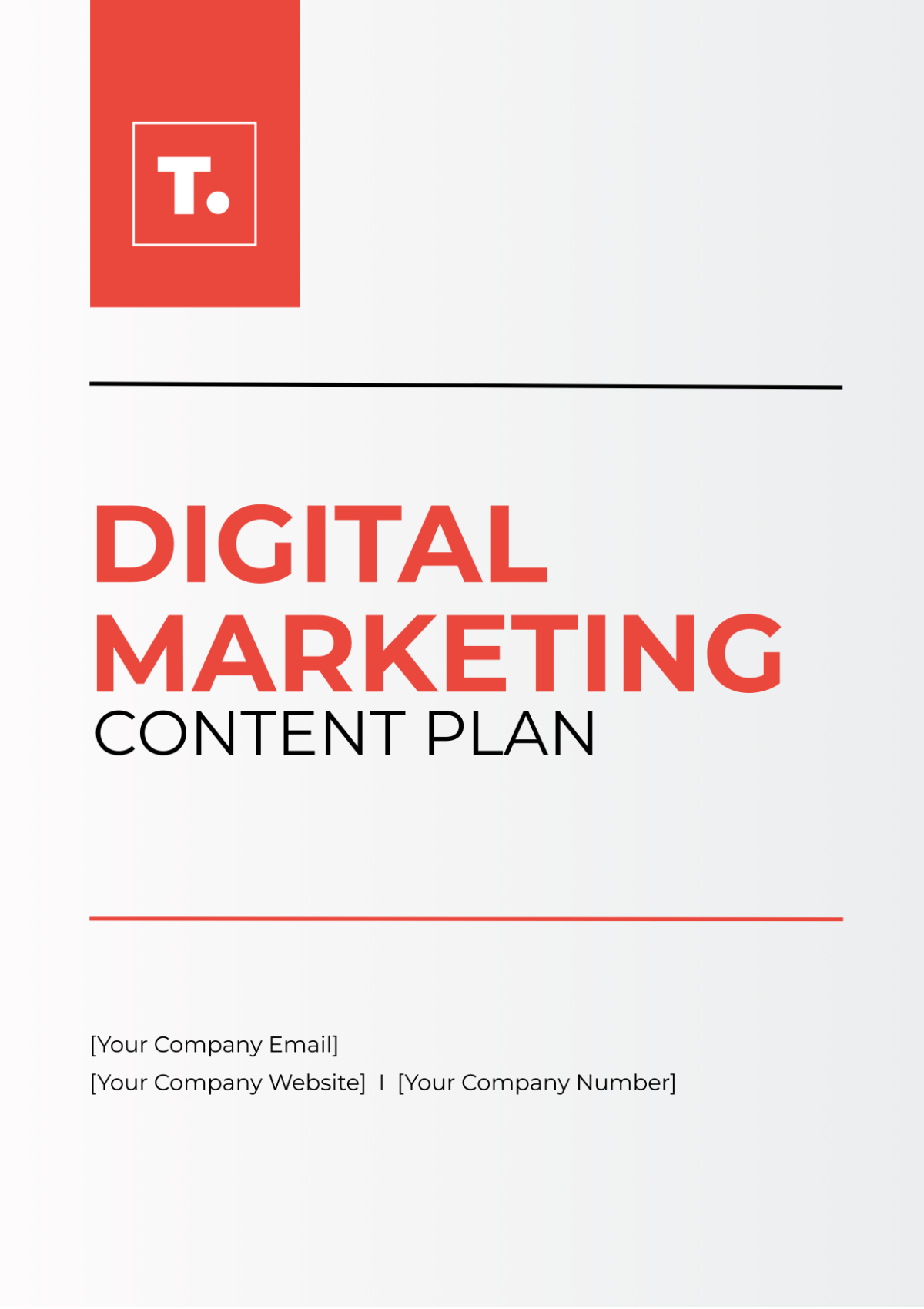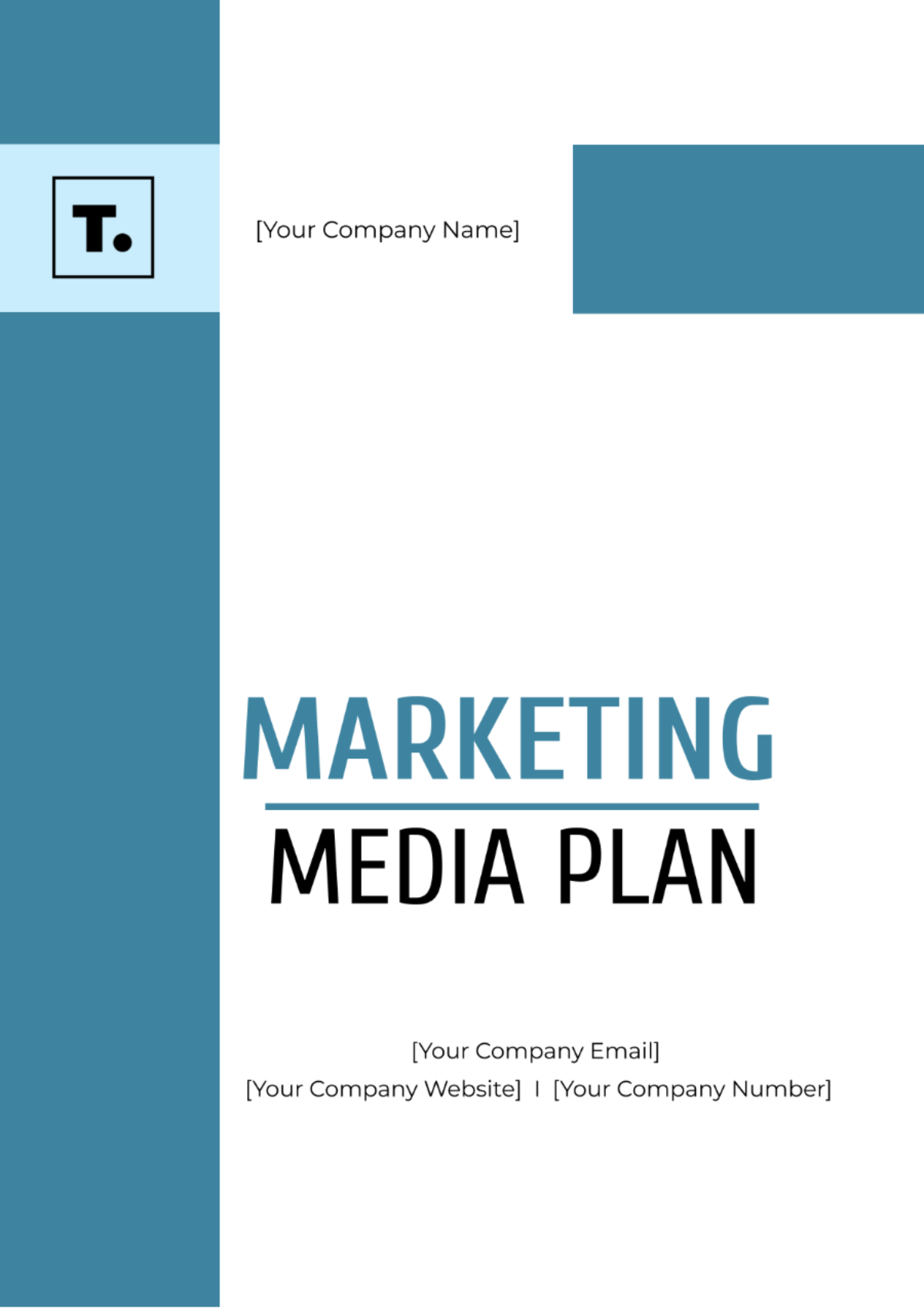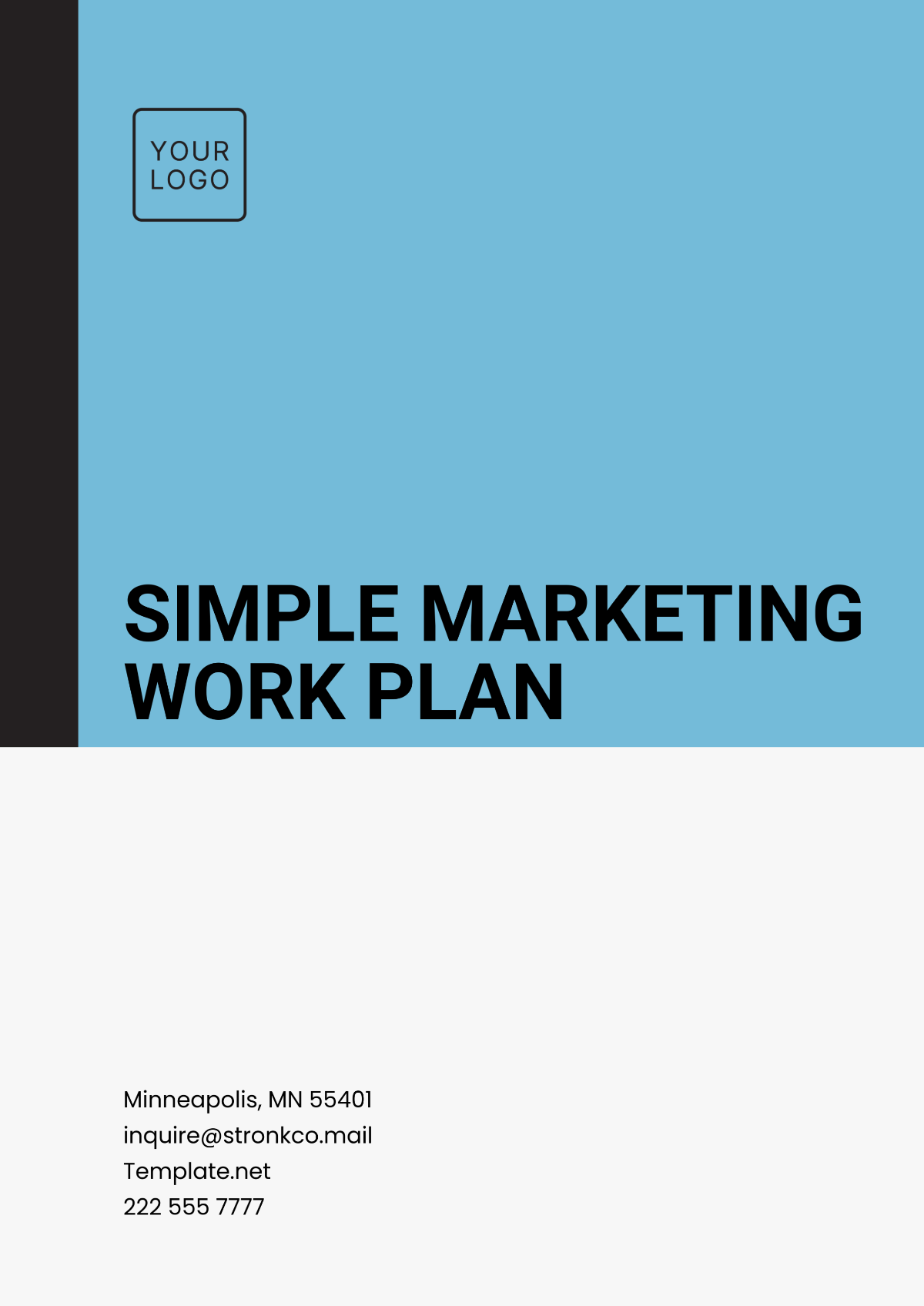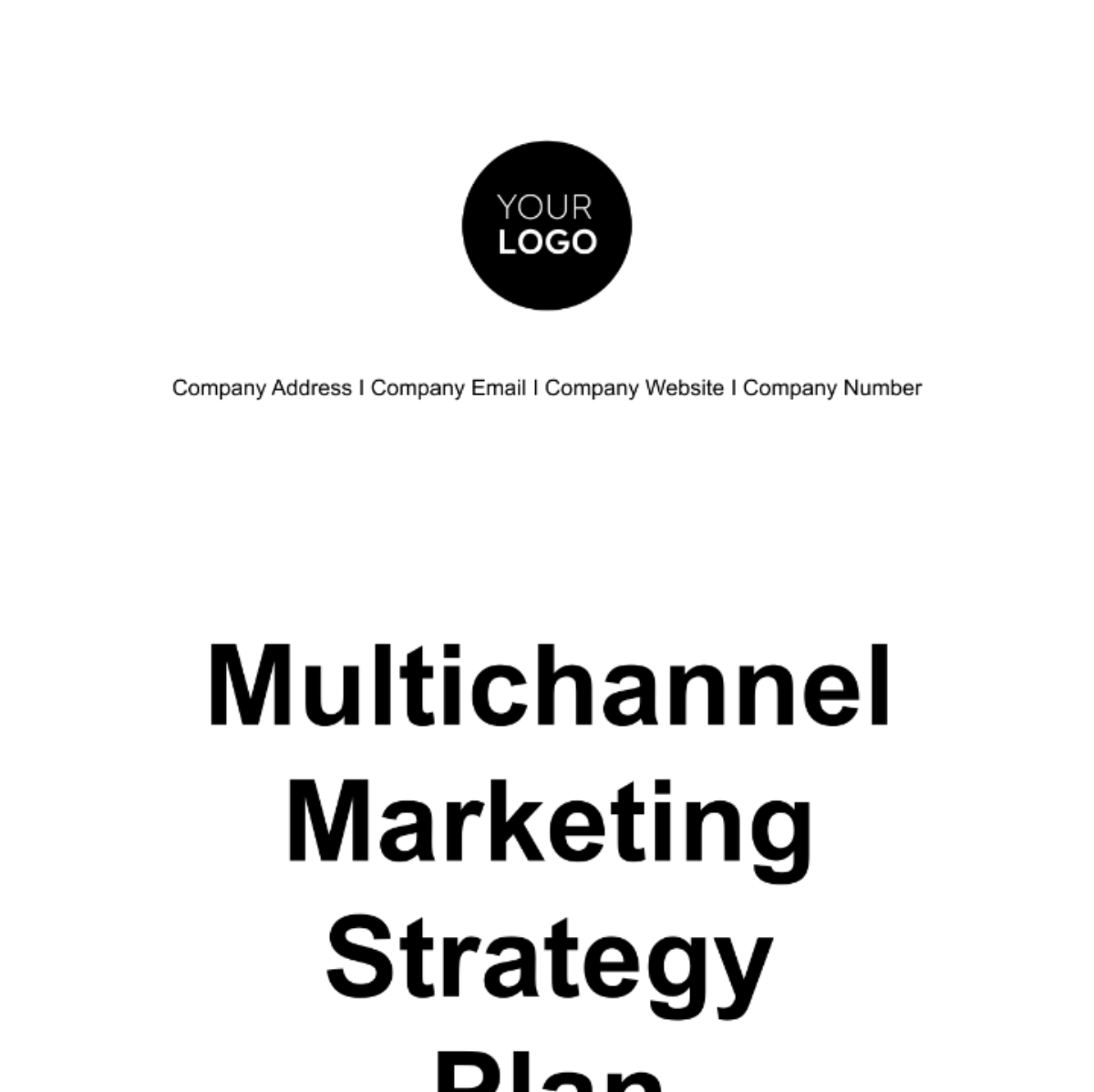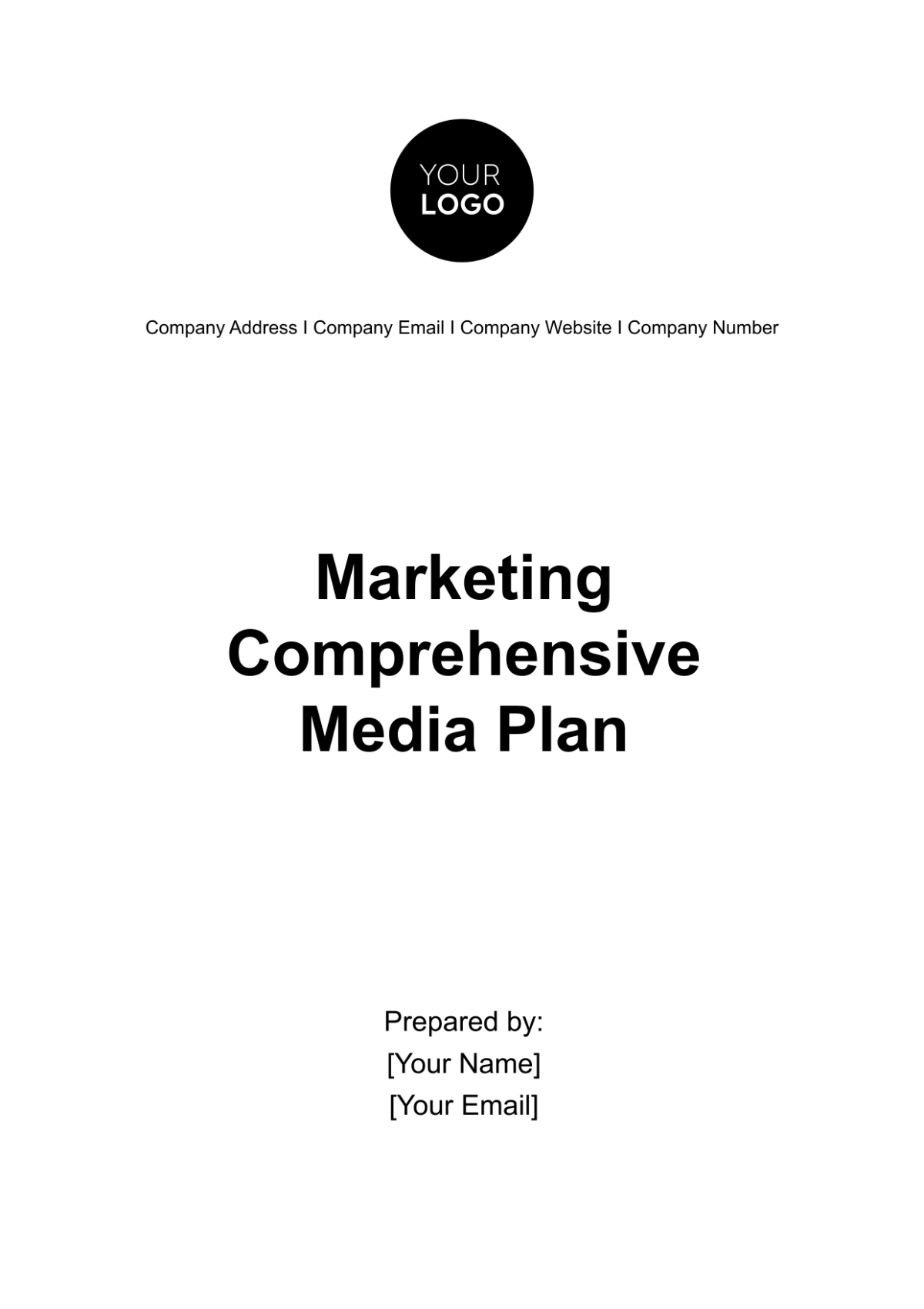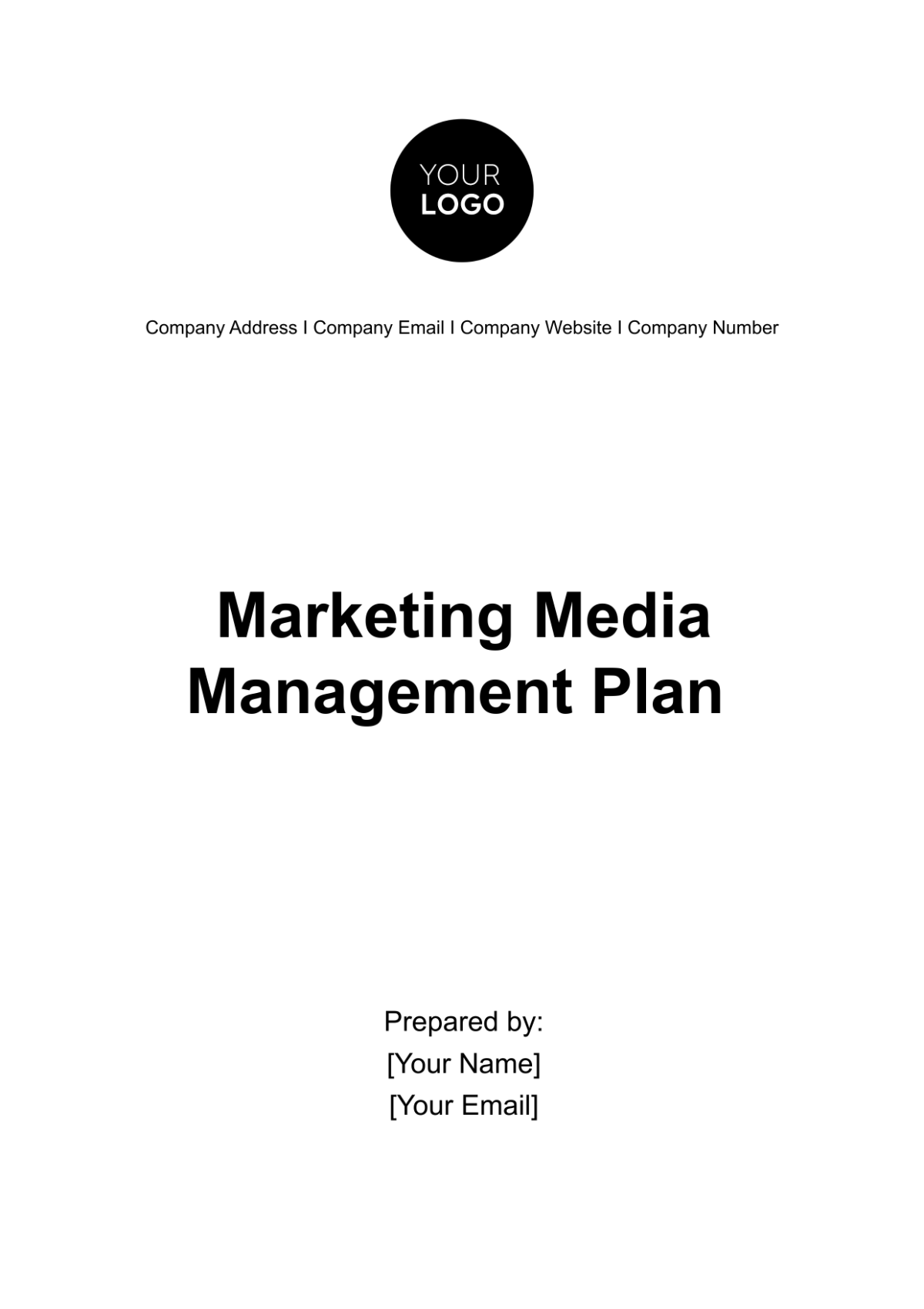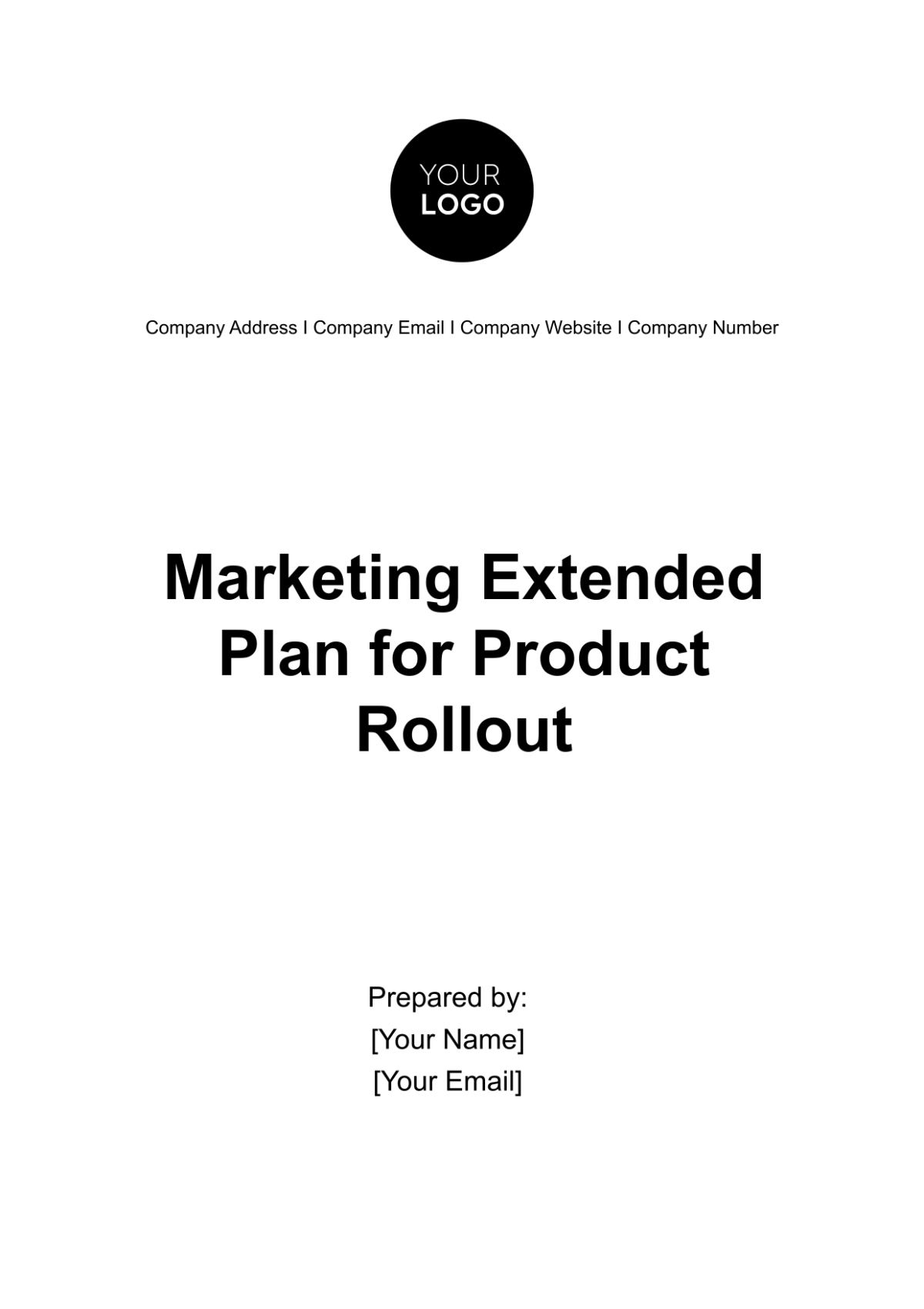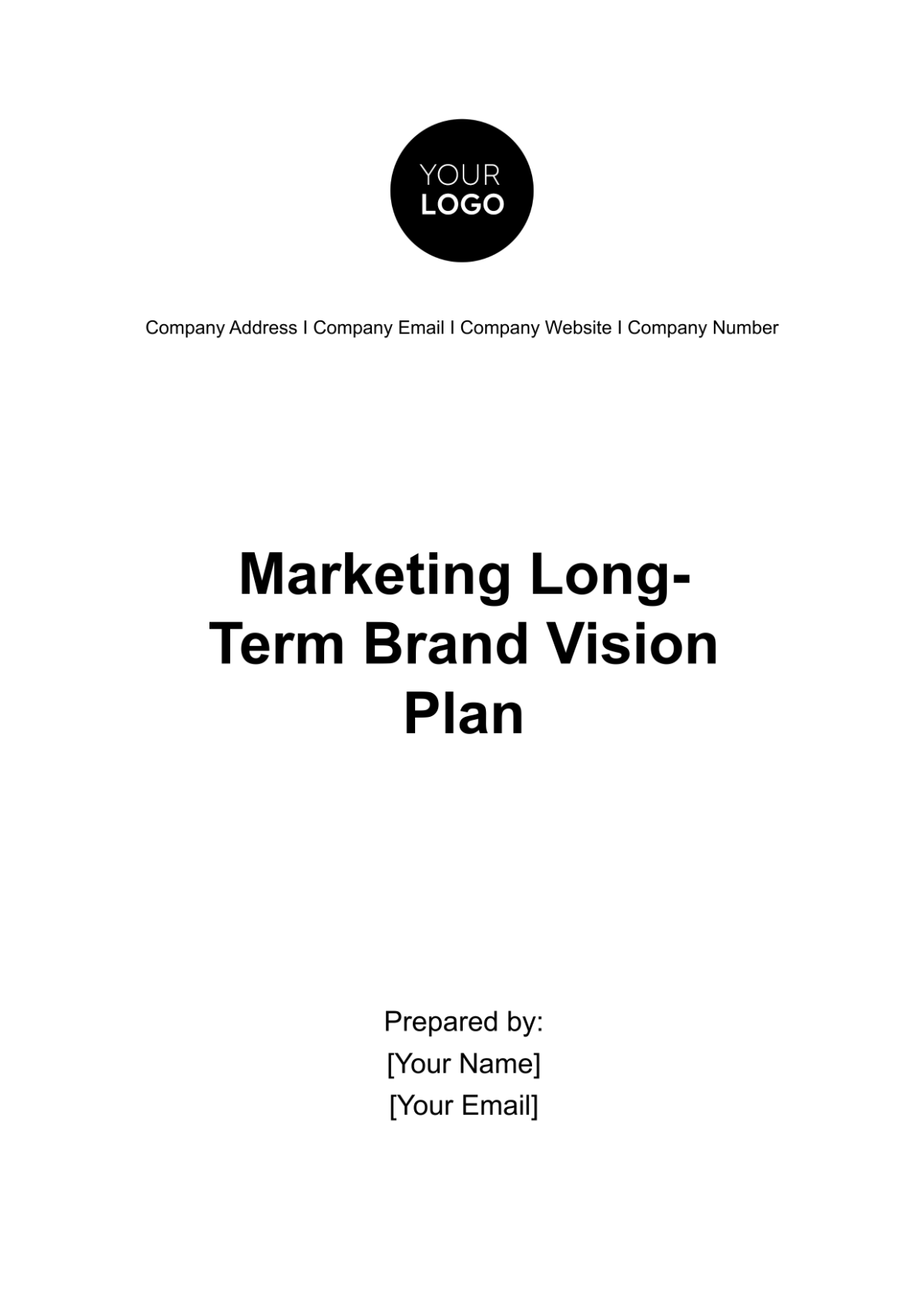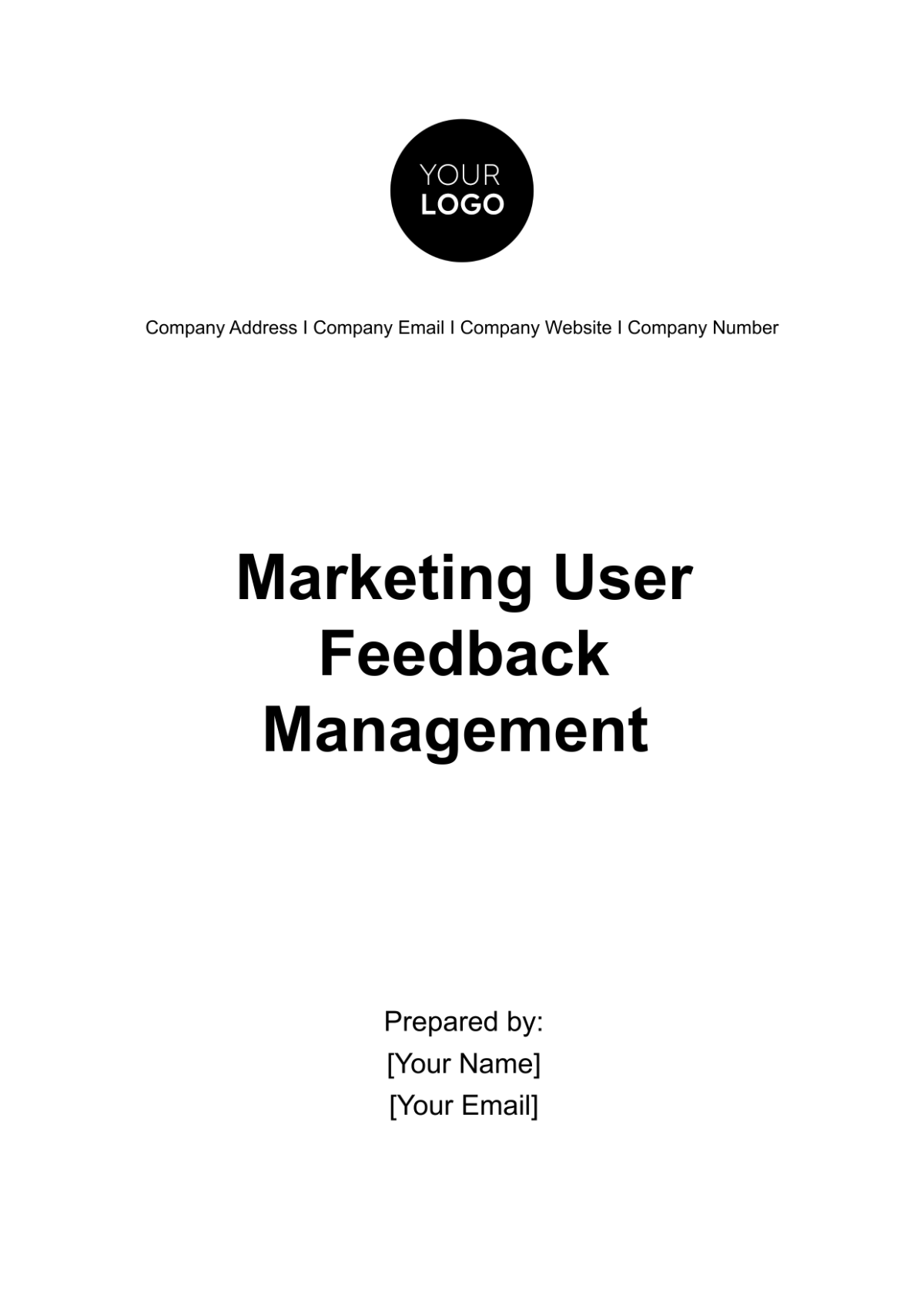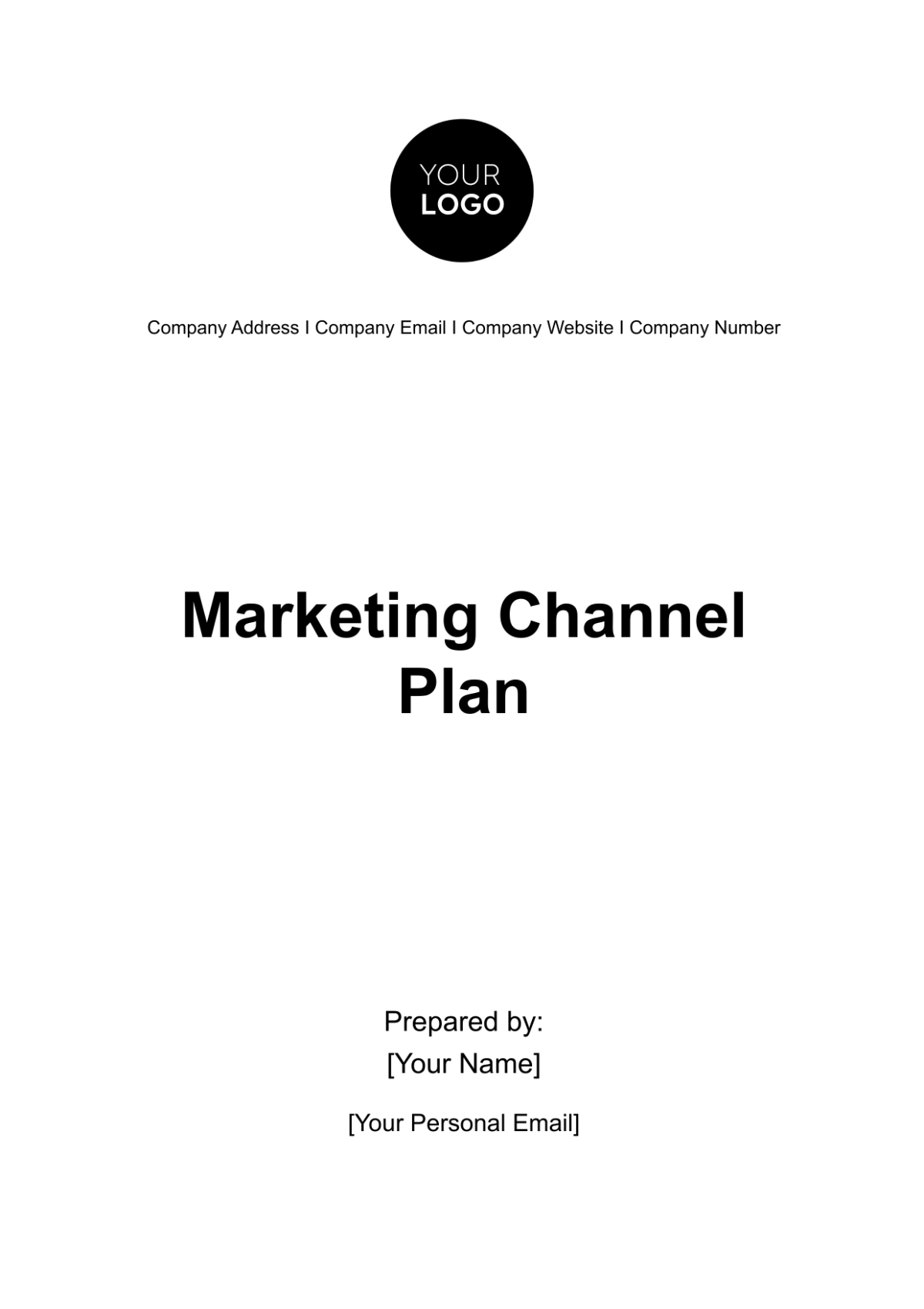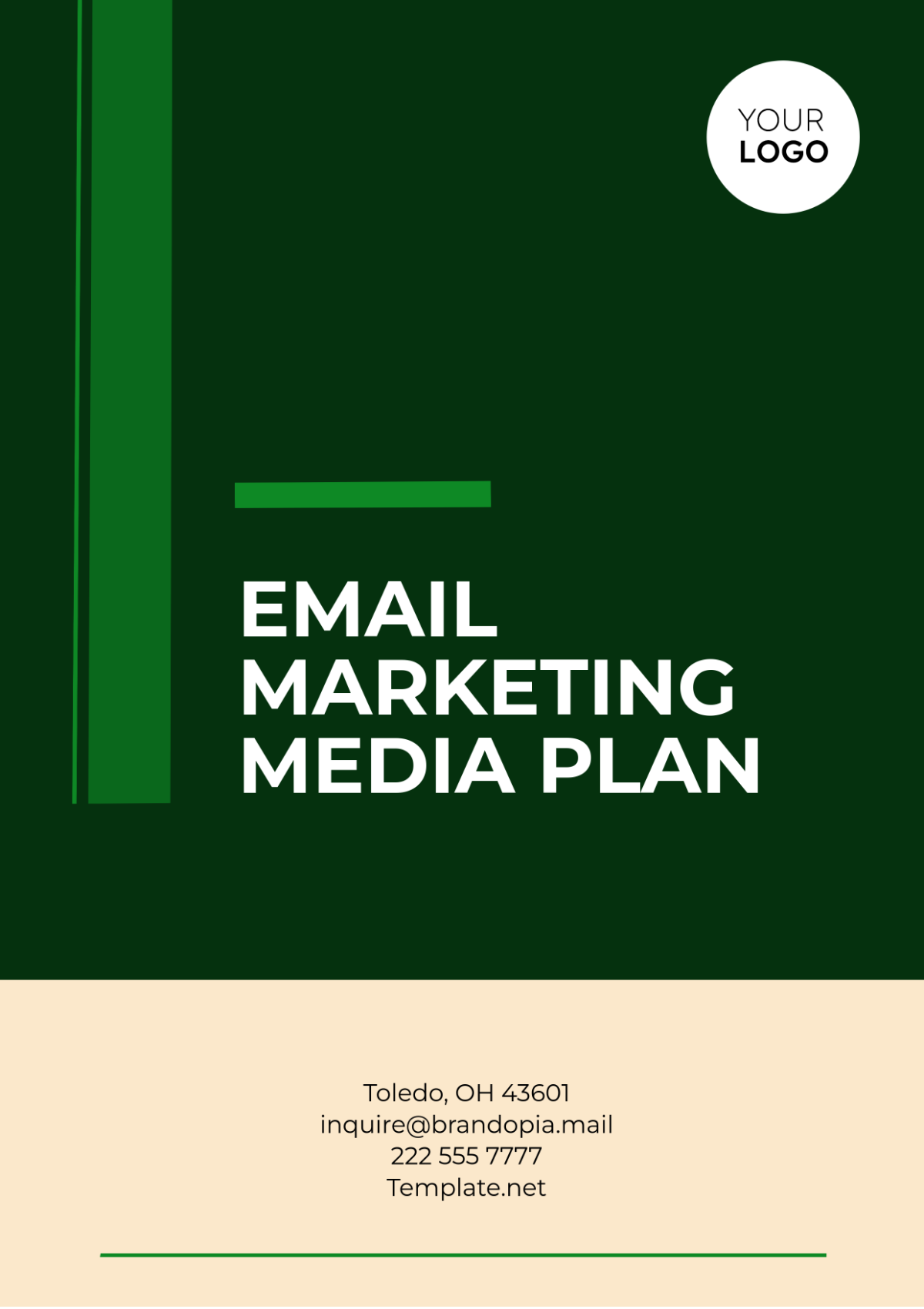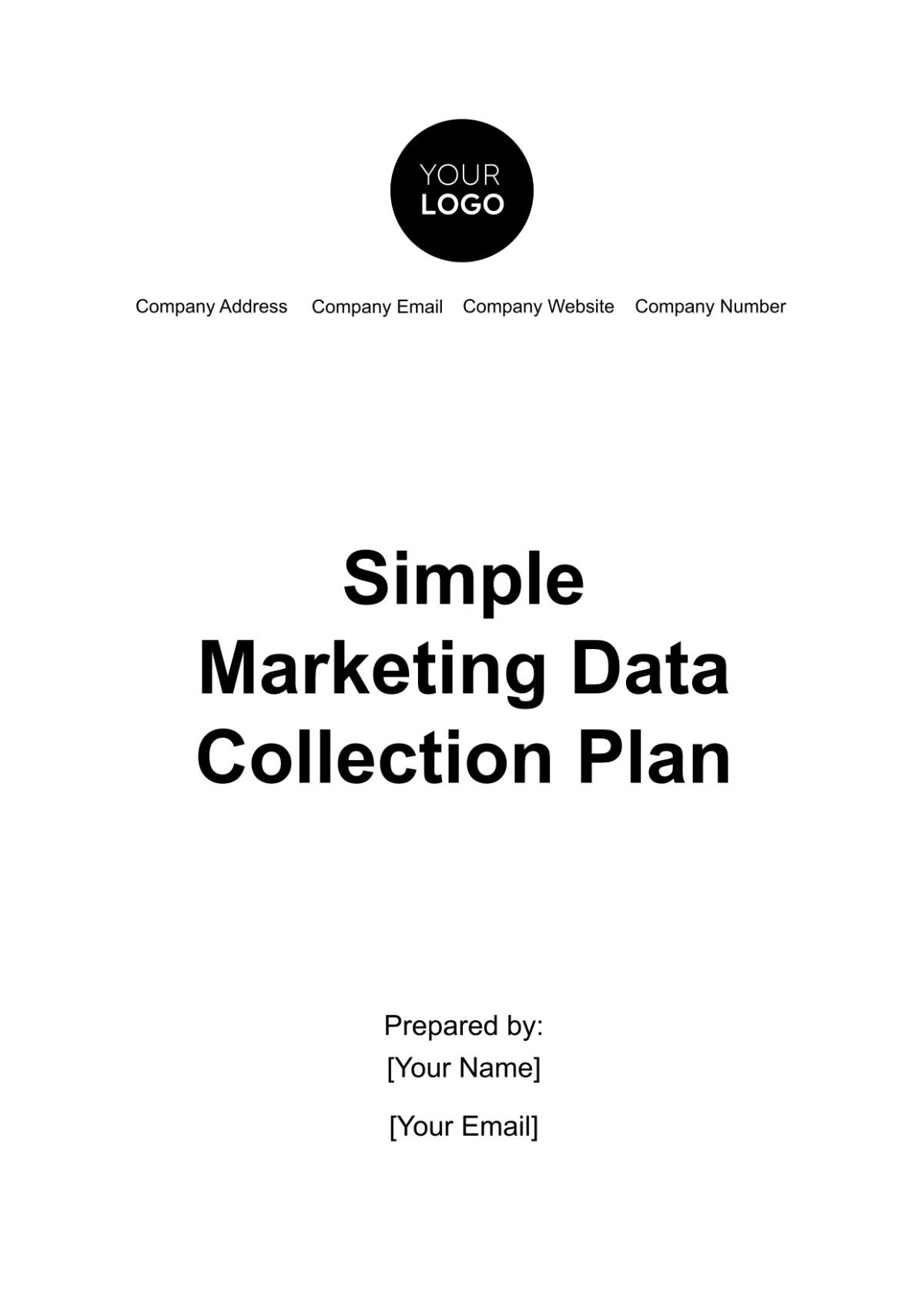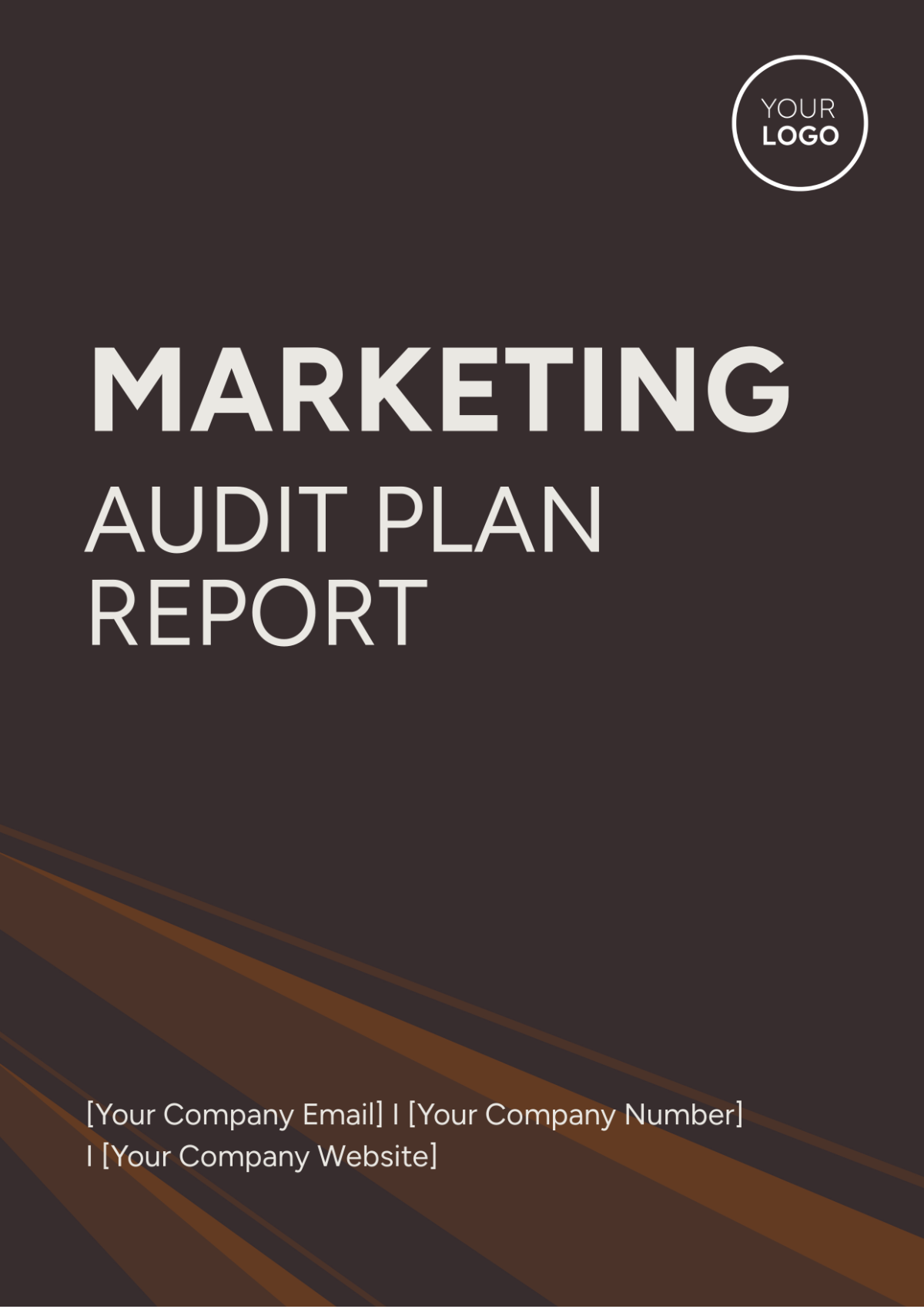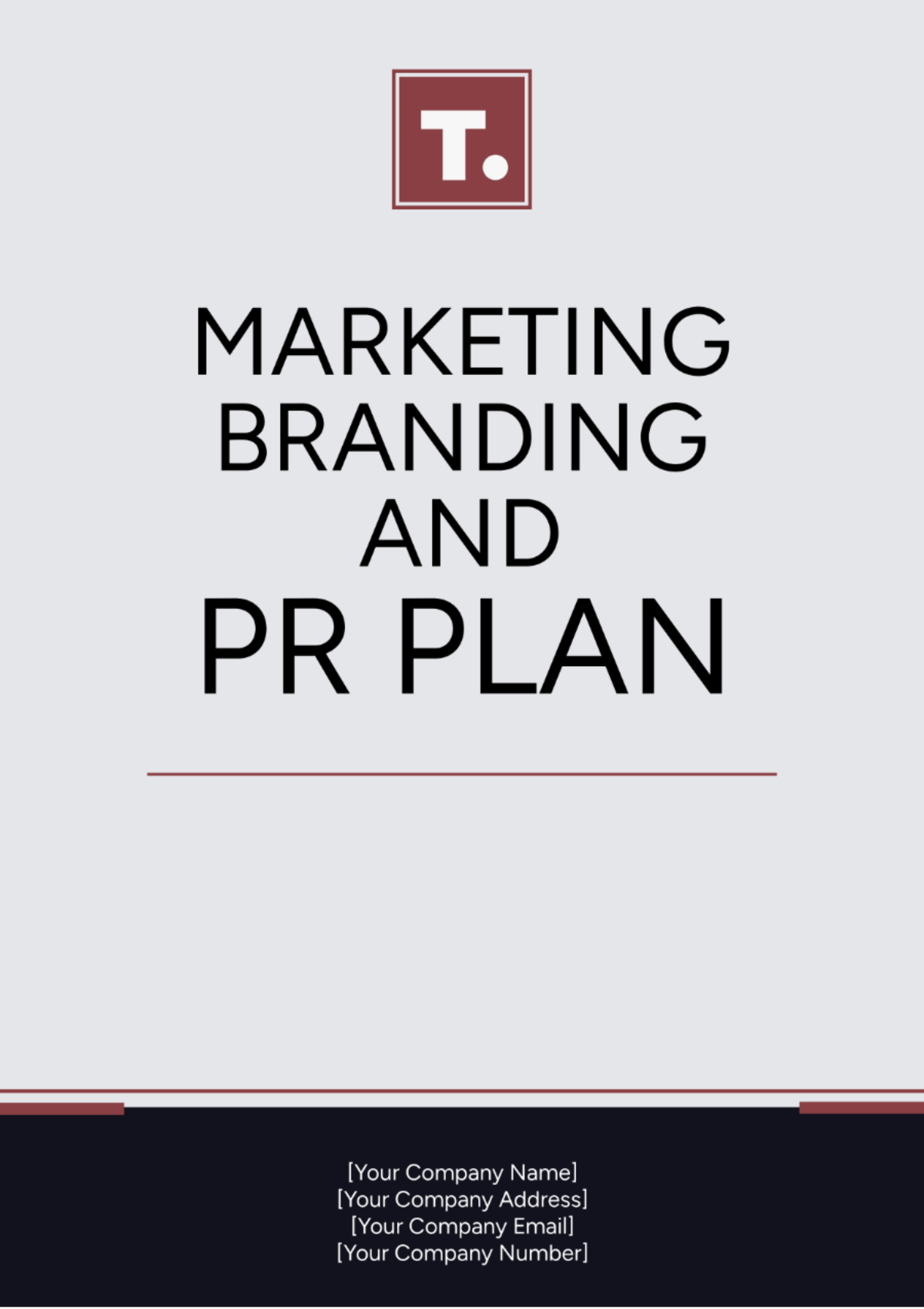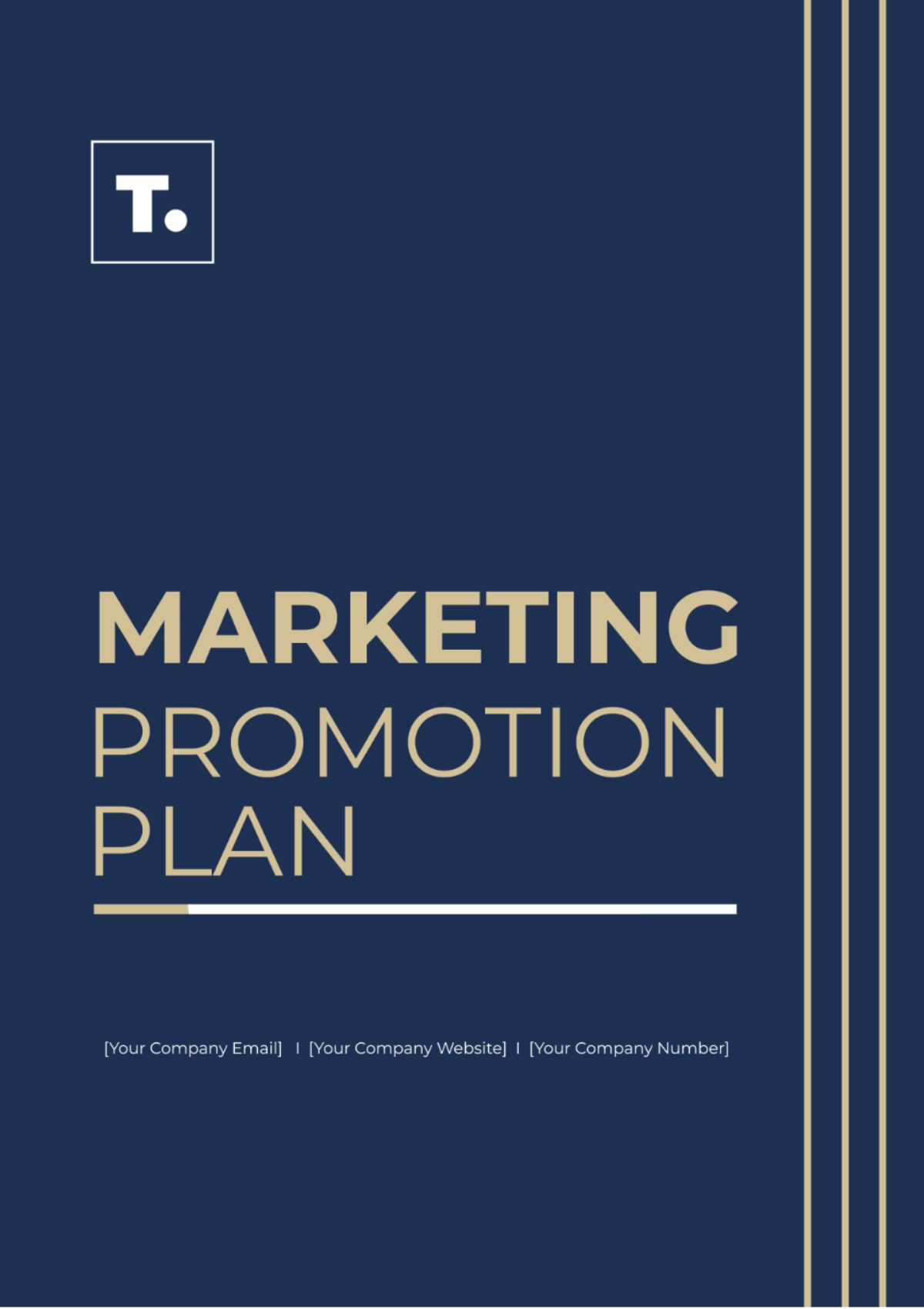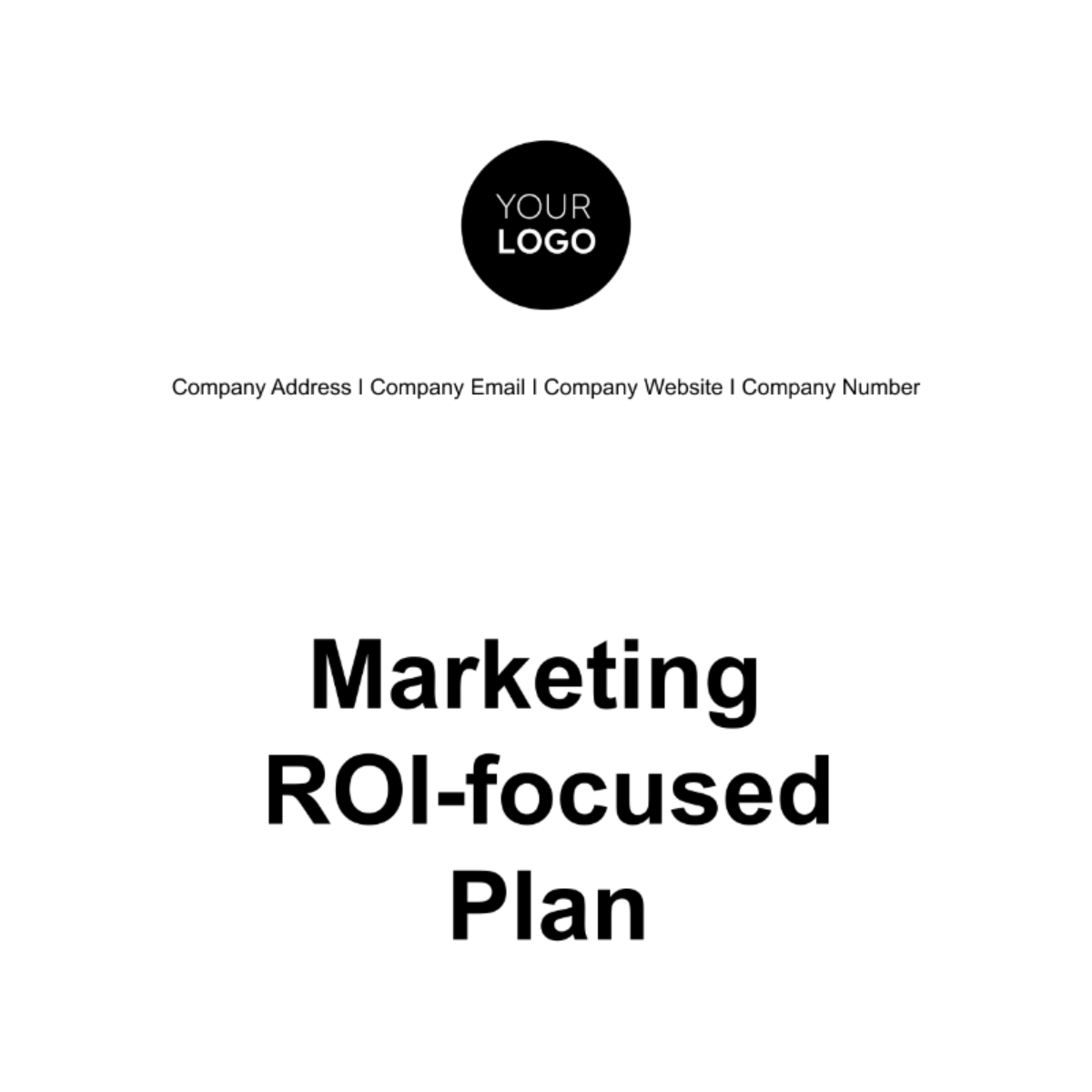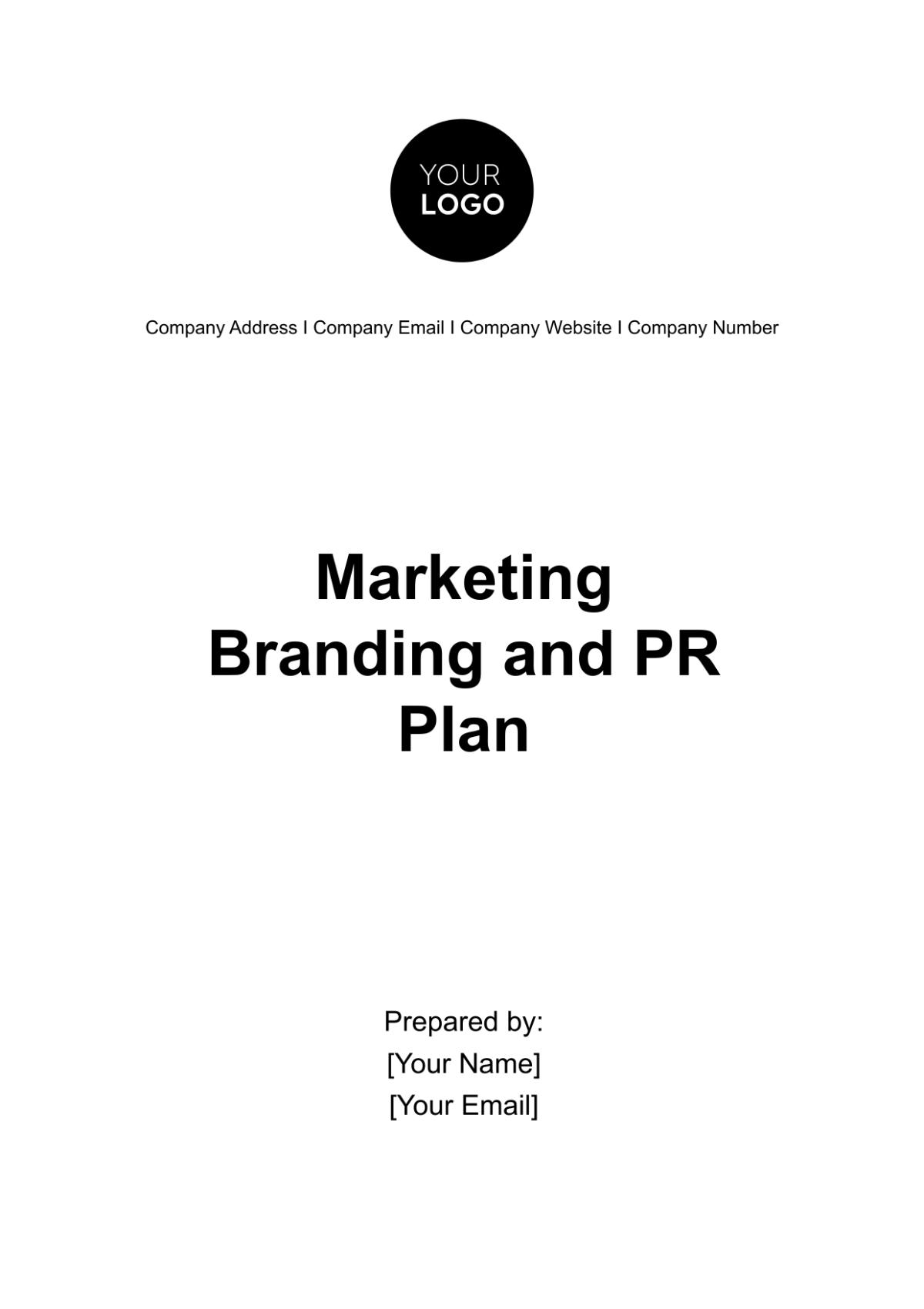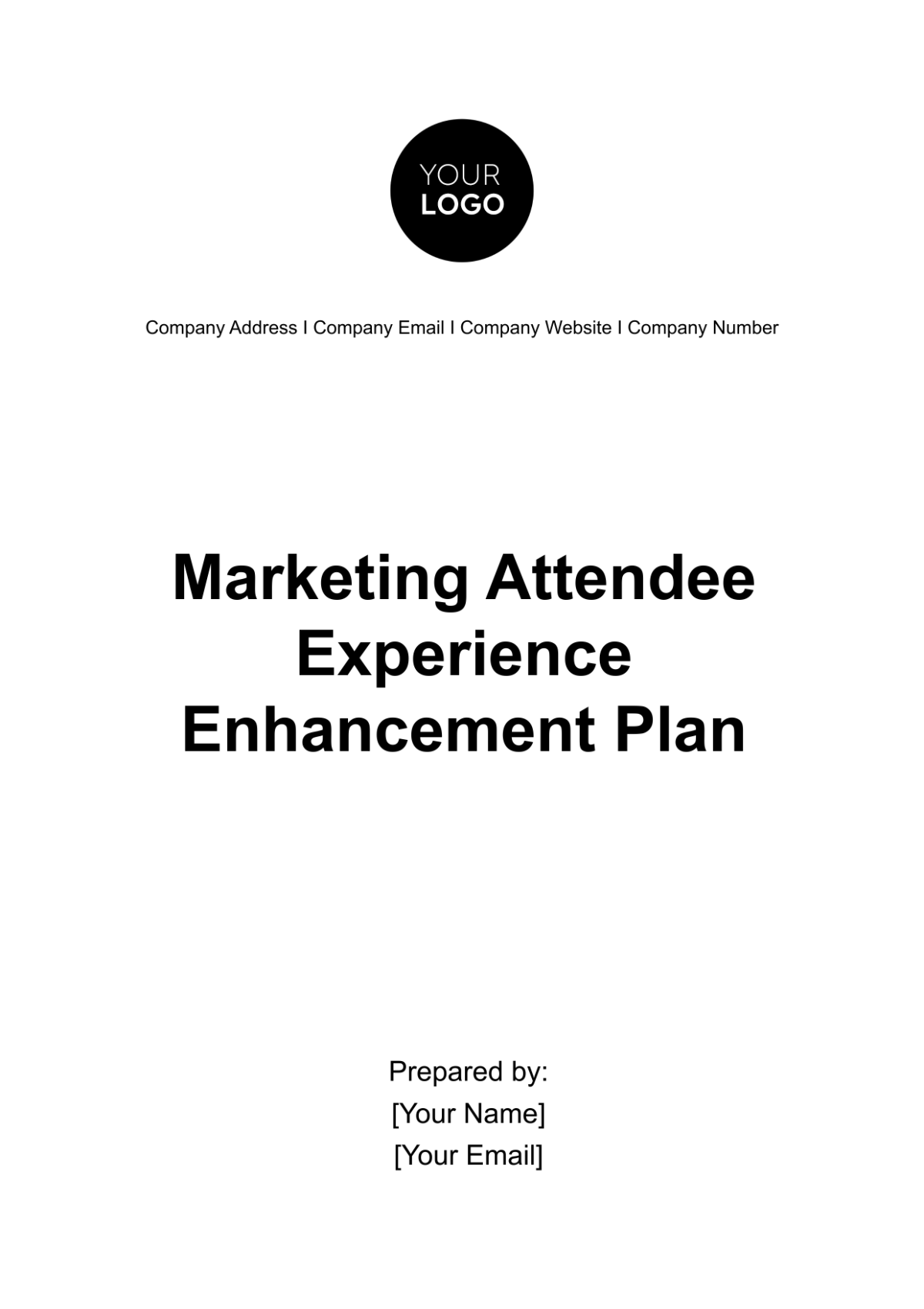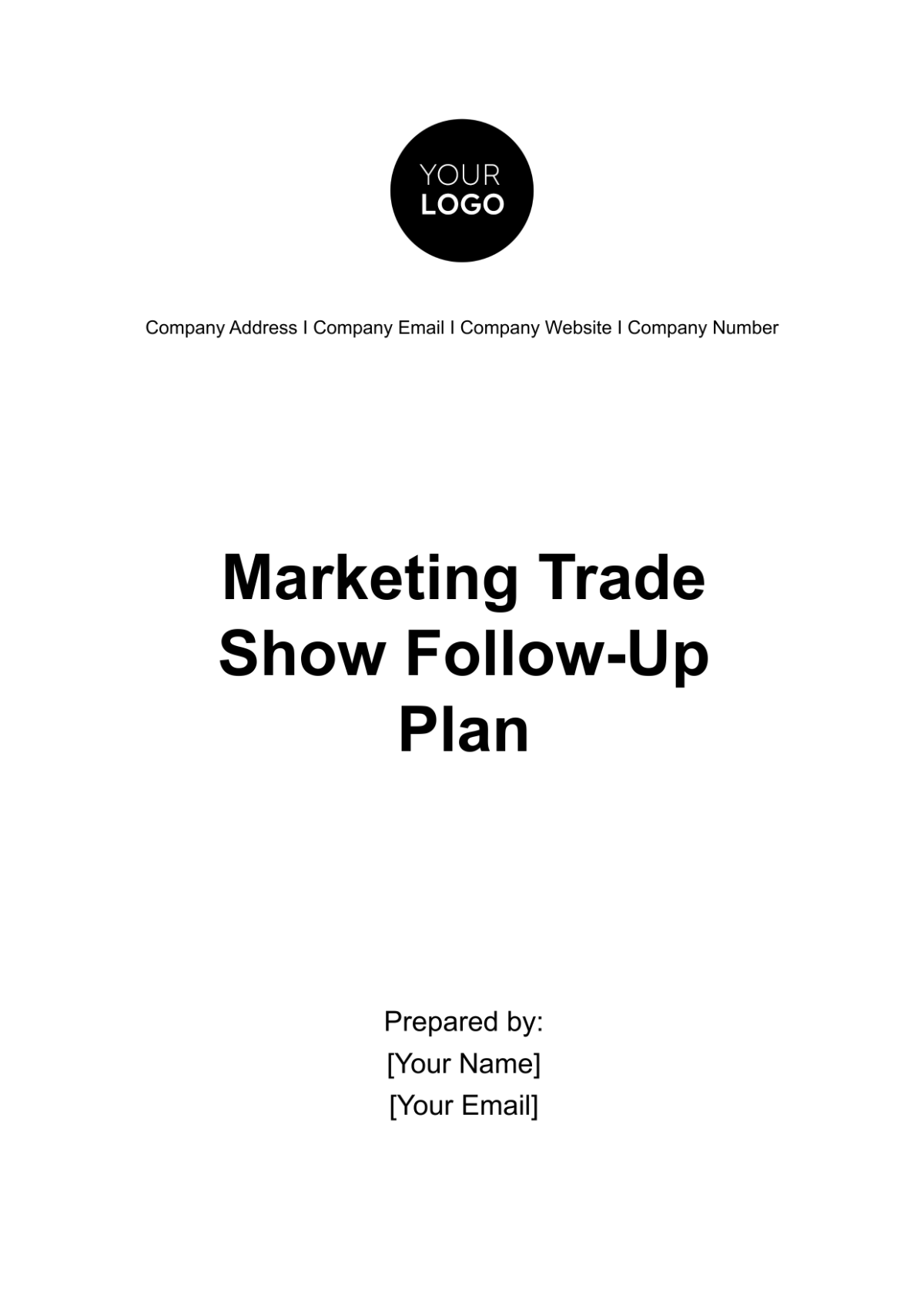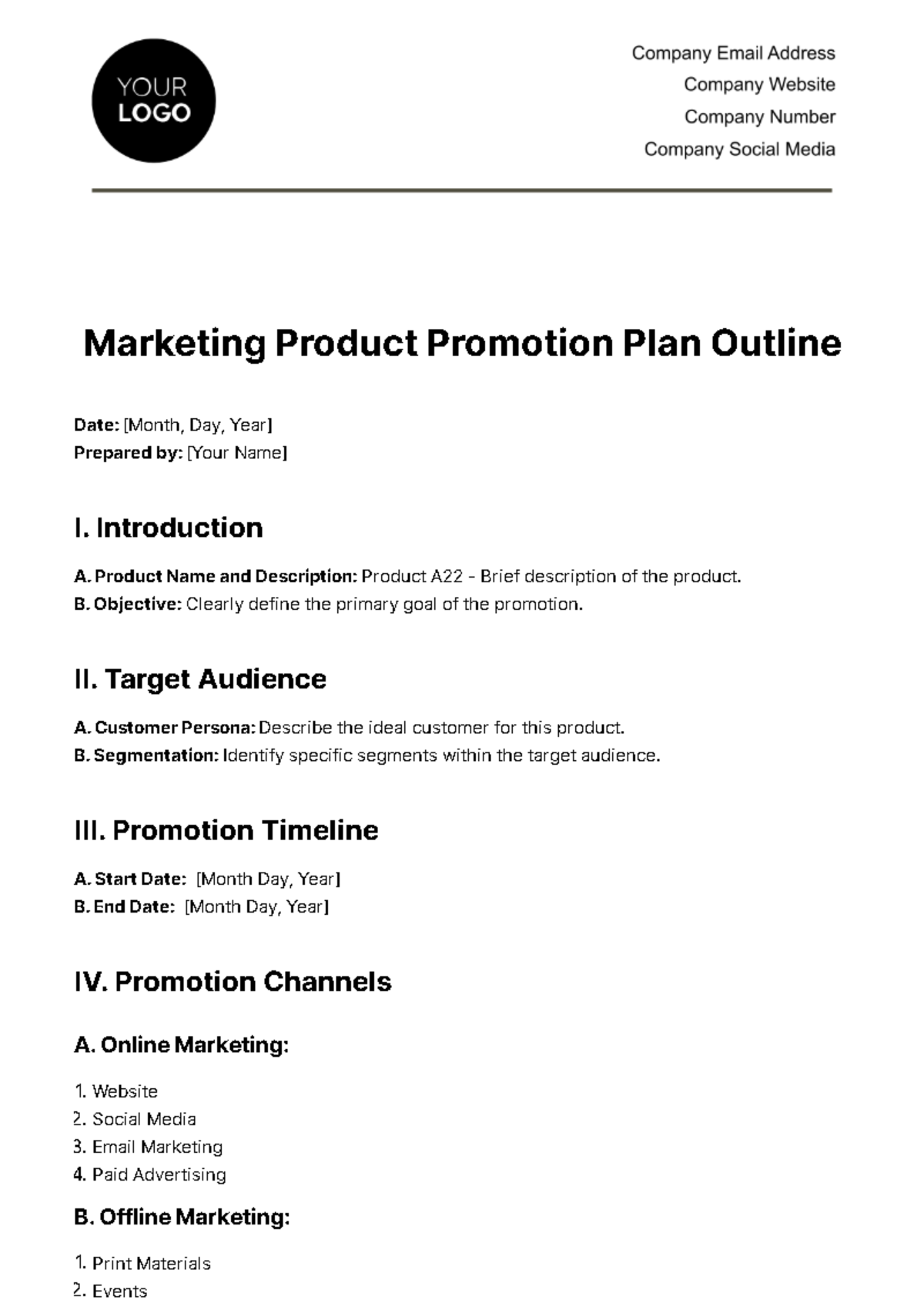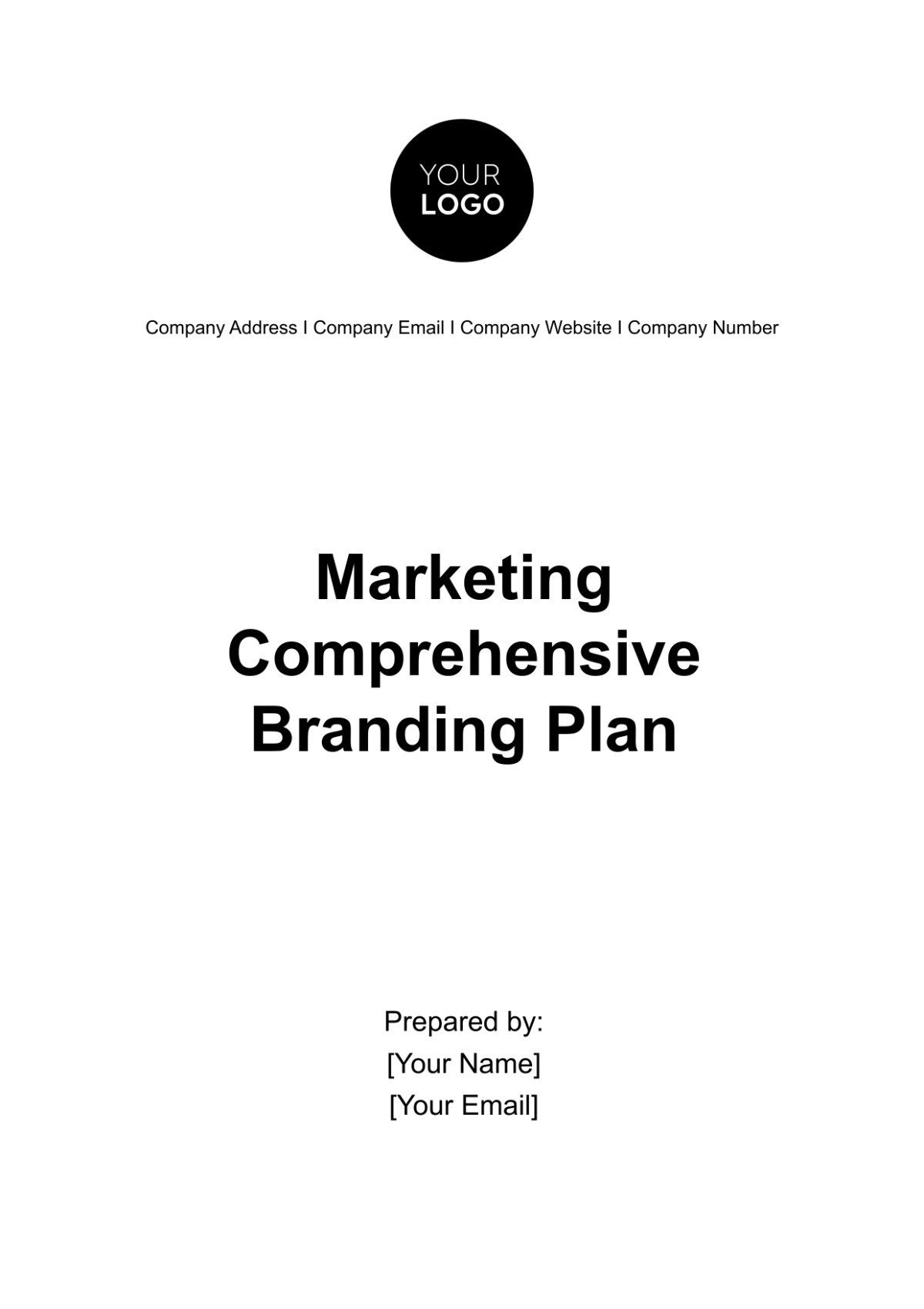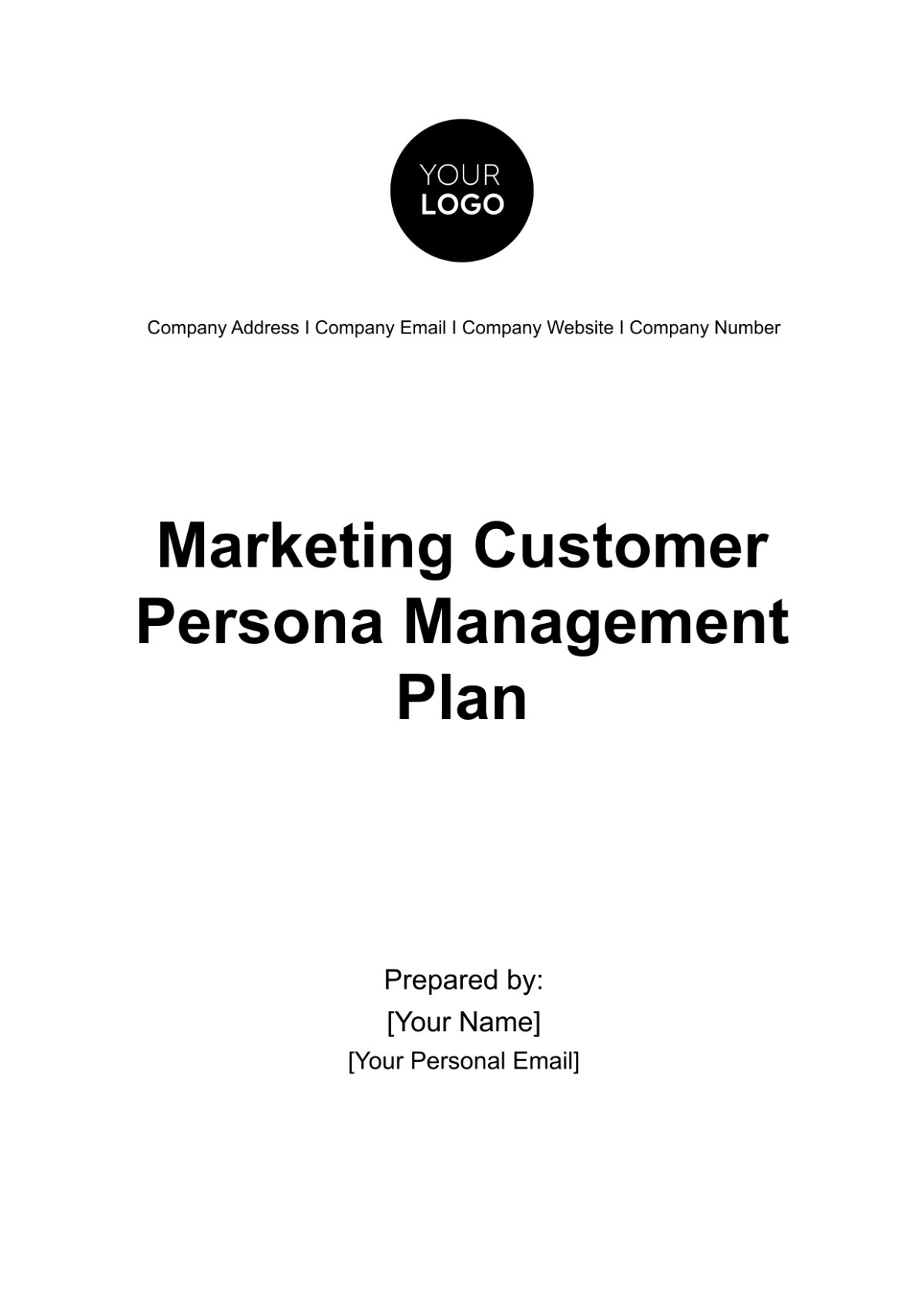Marketing Branding and PR Plan
Executive Summary
A. Introduction
The Marketing Branding and PR Plan is a comprehensive strategy document that serves as the roadmap for [Your Company Name]'s marketing and branding efforts. In an increasingly competitive market, it's essential to have a well-defined plan to effectively reach our target audience and achieve our business goals. This plan outlines the key objectives, target audience, budget allocation, and timeline for executing our marketing and PR strategies.
B. Key Objectives
Our primary objectives are designed to propel [Your Company Name] to a higher level of success. First and foremost, we aim to increase brand awareness by an impressive 30% within the next 12 months. This heightened brand visibility will contribute directly to our second key objective: driving a substantial 20% increase in sales during the same period. Beyond numbers, we also intend to build and reinforce a positive brand image among our target audience, emphasizing our commitment to innovation, sustainability, and social responsibility.
C. Target Audience
Understanding our target audience is pivotal to the success of our marketing efforts. We've identified our core audience as young professionals aged 25-35, primarily residing in urban areas. This demographic is characterized by their keen interest in cutting-edge and environmentally-friendly products. Our strategy will be finely tuned to resonate with this audience's values and preferences.
D. Budget Allocation
The successful execution of this plan hinges on the allocation of resources. We've earmarked a budget of $1.5 million, strategically divided to maximize impact. Our largest allocation, 40%, will be directed towards digital advertising, specifically on platforms like Google Ads and Facebook Ads. This approach allows us to reach our target audience where they spend a significant portion of their time – online. Additionally, we're allocating 30% of the budget to content creation, a vital element in conveying our brand's message and values. The remaining 30% will be invested in public relations efforts, including media relations, crisis management, community engagement, and influencer partnerships.
E. Timeline
A well-structured timeline is crucial for keeping our marketing initiatives on track. The plan will span over 12 months, commencing on [Start Date] and concluding on [End Date]. This extended timeline will allow us to execute our strategies with precision and flexibility, adapting to market dynamics and feedback as we progress.
Situation Analysis
A. Market Research
Our market research has uncovered a promising landscape. Consumers are increasingly demanding eco-friendly products that align with their environmental and ethical values. This trend represents a significant opportunity for [Your Company Name] to expand its market share and make a positive impact on the planet. The data indicates that the eco-conscious consumer segment is growing steadily, and our products are well-positioned to cater to their needs.
B. Competitive Analysis
In today's competitive marketplace, [Your Company Name] faces formidable rivals. However, our unique value proposition sets us apart. While established brands exist within our industry, our commitment to sustainability, innovative products, and a customer-centric approach distinguish us. By capitalizing on these strengths, we can challenge and even outperform our competitors in terms of market share and brand recognition.
SWOT Analysis
A comprehensive SWOT analysis allows us to assess our internal strengths and weaknesses, as well as external opportunities and threats:
A. Strengths: [Your Company Name] boasts innovative product offerings, a dedicated and skilled team, and an unwavering commitment to sustainability. These attributes position us for success.
B. Weaknesses: One of our primary weaknesses is the relatively low level of brand awareness compared to our competitors. Additionally, while our products are competitive in terms of quality and sustainability, we need to communicate these advantages effectively to our target audience.
C. Opportunities: We have numerous opportunities to leverage. The market is experiencing a surge in eco-consciousness, presenting an ideal environment for our products. Further opportunities lie in expanding into new markets or introducing complementary product lines.
D. Threats: Economic fluctuations and changing consumer preferences are potential threats. To mitigate these risks, we must maintain a strong brand image and stay agile in adapting to market shifts.
Branding Strategy
A. Brand Identity
Our brand identity is the cornerstone of our marketing efforts. It encapsulates what [Your Company Name] stands for and how we want to be perceived by our audience. Our brand identity revolves around three core pillars:
Eco-Friendly: We are committed to sustainability and eco-conscious practices. Our brand logo, [Your Logo], symbolizes this commitment, incorporating elements that represent the environment, innovation, and progress.
Innovative: [Your Company Name] is synonymous with innovation. Our products are at the forefront of technology, and this innovation is mirrored in our branding through clean and modern design elements.
Social Responsibility: We take our responsibility to society seriously. Our brand messaging and imagery convey our dedication to ethical business practices and making a positive impact on both the environment and the communities we serve.
B. Brand Messaging
Our messaging strategy revolves around highlighting the benefits of our products and the positive impact they have on the world. We convey the following key messages:
Sustainability: We emphasize our commitment to reducing environmental impact through eco-friendly product design and manufacturing.
Quality: We assure our customers of the exceptional quality and performance of our products, backed by cutting-edge technology.
Social Impact: We showcase our initiatives to give back to the community and support social causes, reinforcing our image as a socially responsible brand.
C. Unique Selling Proposition (USP)
Our Unique Selling Proposition (USP) sets us apart from competitors. It's the core value that distinguishes [Your Company Name] from others in the market. Our USP lies in the seamless integration of cutting-edge technology with sustainability. We provide innovative solutions that not only enhance the lives of our customers but also contribute positively to the environment.
D. Brand Positioning
Positioning is crucial in ensuring our brand resonates with the right audience. We aim to position [Your Company Name] as a premium, eco-conscious brand. This positioning reflects in our pricing strategy, product quality, and the overall customer experience. By doing so, we aim to attract consumers who appreciate value, innovation, and sustainability in their purchases.
Marketing Strategy
A. Product/Service Overview
At the core of our marketing strategy is a compelling product or service overview. Our product line includes a range of innovative, eco-friendly offerings that cater to the needs of our target audience. These products are designed to make a difference in people's lives by offering practical solutions while reducing their environmental footprint. A snapshot of our product categories is shown below:
Product Category | Description |
Eco-Friendly Gadgets | Innovative devices designed with sustainability in mind, from smart home solutions to eco-conscious gadgets. |
Sustainable Lifestyle | Products that promote eco-friendly living, such as reusable household items and sustainable fashion. |
Green Technology | Cutting-edge technology solutions that contribute to a greener future, such as solar power and energy-efficient appliances. |
B. Pricing Strategy
Our pricing strategy is designed to strike a balance between affordability and reflecting the value of our products. We aim to offer competitive pricing that appeals to a broad range of consumers while ensuring that it supports our brand's image of quality and sustainability. This approach will enable us to maximize market penetration and attract cost-conscious consumers who are also environmentally conscious.
C. Distribution Channels
To reach our target audience effectively, we'll utilize a multi-channel distribution strategy. This ensures that our products are easily accessible to consumers wherever they prefer to shop. Our distribution channels include:
E-commerce Website: Our own website will serve as a central hub for online sales, providing a seamless shopping experience for customers.
Retail Partners: We'll collaborate with select retail partners, both brick-and-mortar and online, to expand our physical presence.
E-commerce Platforms: Our products will also be available on popular e-commerce platforms, broadening our reach to a wider online audience.
D. Promotion Strategy
Promoting our brand and products effectively is paramount to our success. Our promotion strategy involves a mix of digital and traditional marketing tactics to maximize exposure and engagement. This includes:
Digital Advertising: We'll allocate a significant portion of our budget to targeted digital advertising campaigns on platforms like Google Ads and Facebook Ads.
Social Media Marketing: Leveraging our social media presence, we'll create engaging content, run contests, and engage with our audience to build brand loyalty.
Influencer Marketing: Collaborating with eco-conscious influencers will amplify our message and extend our reach to their followers.
Advertising and Media Plan
Our advertising and media plan outlines the allocation of resources to different advertising channels. Here's a breakdown of our advertising budget:
Public Relations Plan
A. Media Relations
Our media relations strategy aims to establish and maintain positive relationships with key media outlets and journalists. By nurturing these connections, we can secure valuable press coverage and media exposure. We'll implement the following tactics:
Press Releases: Regularly distribute well-crafted press releases highlighting significant company developments, product launches, and sustainability initiatives.
Media Kits: Create comprehensive media kits that provide journalists with all the necessary information, images, and resources to cover our brand and products.
Media Outreach: Engage in proactive media outreach, inviting journalists to press events, product launches, and offering them exclusive interviews with key company figures.
B. Crisis Management
While we strive for positive PR, we must also be prepared for unforeseen challenges. Our crisis management plan is designed to address and mitigate any issues swiftly and effectively. It includes:
Issue Identification: Regularly monitor social media, news outlets, and customer feedback to identify potential issues before they escalate.
Response Protocol: Develop a clear protocol for responding to crises, including designated spokespersons and communication channels.
Transparency: In the event of a crisis, we will prioritize transparency and open communication with our audience and stakeholders.
C. Community Engagement
Building a strong community presence is essential for brand loyalty and advocacy. Our community engagement plan involves:
Local Events: Participate in and host local events and initiatives that align with our brand values and support local communities.
Charitable Partnerships: Forge partnerships with local charities and non-profits to demonstrate our commitment to social responsibility.
Online Engagement: Maintain an active presence on social media and online forums to engage with our community and address their concerns and feedback.
D. Influencer Partnerships
Collaborating with influencers who share our values and target audience can significantly amplify our brand message. Our influencer partnership plan includes:
Identification: Identify and research influencers whose followers align with our target demographic and values.
Partnership Agreements: Create clear partnership agreements outlining expectations, deliverables, and compensation.
Content Collaboration: Collaborate with influencers on creating authentic content that highlights our products and brand message.
Implementation Plan
A. Team Roles and Responsibilities
A successful implementation plan begins with assigning roles and responsibilities to a dedicated team. Clear roles ensure that each aspect of the marketing plan is executed effectively. Here's an overview of the key team members and their responsibilities:
Team Member | Role | Responsibility |
Marketing Manager | Marketing Strategy | Develop and oversee the marketing strategy, including budget allocation and performance tracking. |
Content Creator | Content Creation | Create engaging content for blogs, videos, and social media. |
PR Manager | Public Relations | Manage media relations, crisis management, and community engagement efforts. |
Advertising Specialist | Advertising | Plan and execute digital advertising campaigns. |
Social Media Manager | Social Media | Manage and grow our social media presence, engage with the audience, and analyze performance. |
Influencer Relations | Influencer Marketing | Identify, negotiate with, and collaborate with influencers. |
B. Marketing Calendar
A detailed marketing calendar is essential to ensure that all marketing and PR activities are well-timed and coordinated. The calendar outlines key milestones, campaign launch dates, and deadlines for content creation. Here's a simplified example:
Month | Activity | Responsible | Deadline |
Month 1 | Launch eco-friendly gadget product line | Product Team | [Date] |
Month 2 | Begin Google Ads campaign | Advertising Specialist | [Date] |
Month 3 | Publish sustainability blog series | Content Creator | [Date] |
Month 4 | Media outreach for press coverage | PR Manager | [Date] |
Month 5 | Launch influencer partnerships | Influencer Relations | [Date] |
C. Metrics and KPIs
Our success hinges on our ability to measure and analyze performance. We'll track several key performance indicators (KPIs) to gauge the effectiveness of our marketing and PR efforts. These KPIs include:
Website Traffic: Measured through Google Analytics, we aim to see a 40% increase in monthly website traffic.
Social Media Engagement: We expect to achieve a 25% increase in social media engagement, including likes, comments, and shares.
Sales Growth: A 20% increase in sales revenue is our primary sales-related KPI.
Brand Sentiment: We will monitor online sentiment through sentiment analysis tools, aiming for a consistently positive sentiment score.
Conclusion
In conclusion, the Marketing Branding and PR Plan presented here serves as a comprehensive roadmap to guide [Your Company Name] toward achieving its marketing and branding objectives. This plan has been meticulously crafted to leverage our strengths, mitigate weaknesses, capitalize on opportunities, and address potential threats in the market.
[Your Company Name]
[Your Company Email]
[Your Company Address]
[Your Company Number]
[Your Company Website]
[Your Company Social Media]
Marketing Templates @ Template.net
